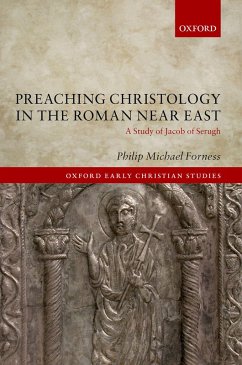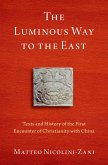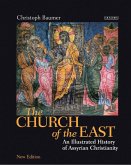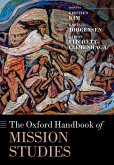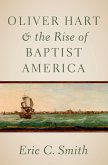Preaching formed one of the primary, regular avenues of communication between ecclesiastical elites and a wide range of society. Clergy used homilies to spread knowledge of complex theological debates prevalent in late antique Christian discourse. Some sermons even offer glimpses into the locations in which communities gathered to hear orators preach. Although homilies survive in greater number than most other types of literature, most do not specify the setting of their initial delivery, dating, and authorship. Preaching Christology in the Roman Near East addresses how we can best contextualize sermons devoid of such information. The first chapter develops a methodology for approaching homilies that draws on a broader understanding of audience as both the physical audience and the readership of sermons. The remaining chapters offer a case study on the renowned Syriac preacher Jacob of Serugh (c. 451-521) whose metrical homilies form one of the largest sermon collections in any language from late antiquity. His letters connect him to a previously little-known Christological debate over the language of the miracles and sufferings of Christ through his correspondence with a monastery, a Roman military officer, and a Christian community in South Arabia. He uses this language in homilies on the Council of Chalcedon, on Christian doctrine, and on biblical exegesis. An analysis of these sermons demonstrates that he communicated miaphysite Christology to both elite reading communities as well as ordinary audiences. Philip Michael Forness provides a new methodology for working with late antique sermons and discloses the range of society that received complex theological teachings through preaching.
Dieser Download kann aus rechtlichen Gründen nur mit Rechnungsadresse in A, B, BG, CY, CZ, D, DK, EW, E, FIN, F, GR, HR, H, IRL, I, LT, L, LR, M, NL, PL, P, R, S, SLO, SK ausgeliefert werden.

